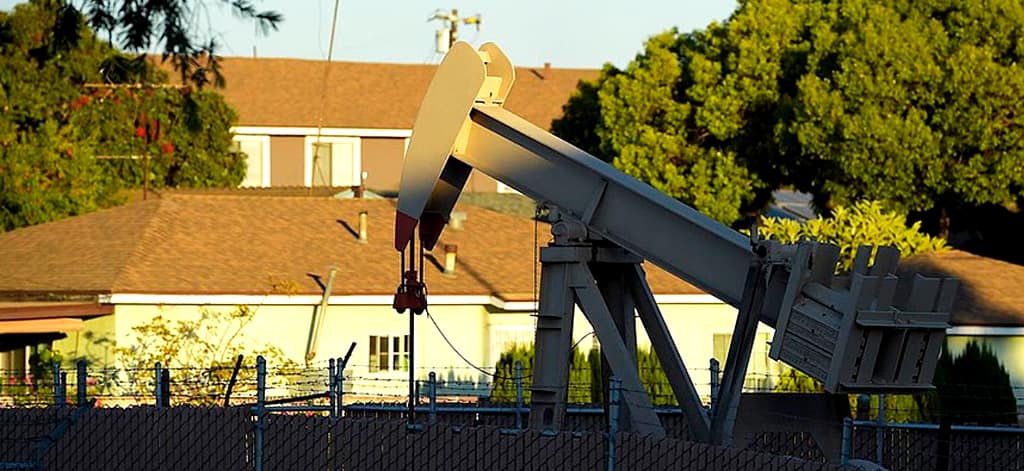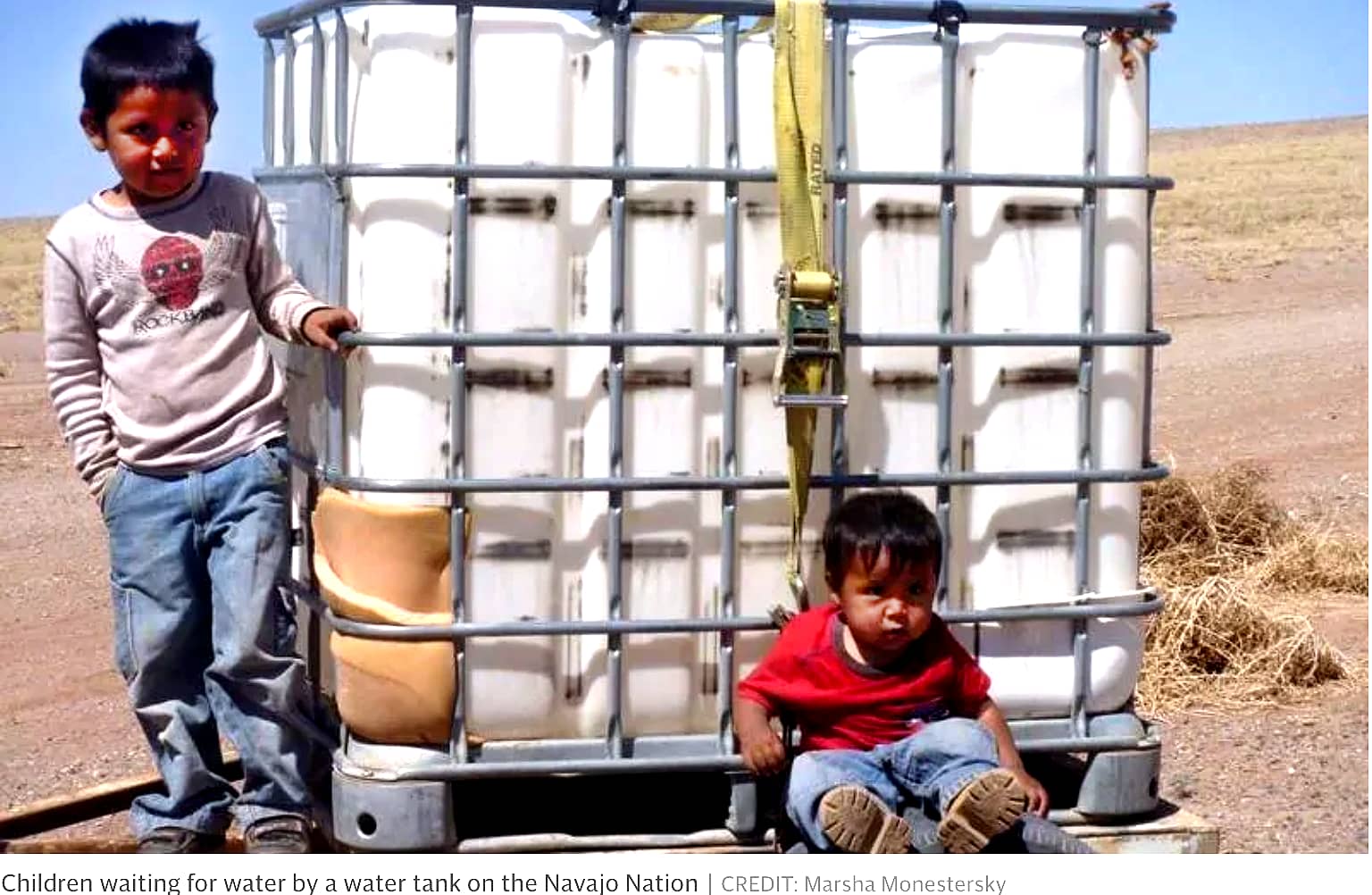
By Aliya Haas Blinman
November 20.2020
A group calling itself the Elected Officials to Protect America, 315 elected officials, called on Governor Gavin Newsom to issue an Executive Order that would create a 2,500 foot buffer zone around oil and gas wells throughout California.
The call came in response to the defeat of a Bill introduced in 2019 that would have required minimum setback distances for oil and gas production facilities. Oil industry lobbyists succeeded in defeating the Bill in the state legislature.
After the failure of the Bill, Governor Newsom said that buffer zones will continue to be researched, even though the California Council on Science and Technology has already concluded that pollutants concentrated around wells pose significant hazards to nearby communities.

Across the United States, approximately 17.6 million people live within one mile of an oil or gas well, and around 12 million live within a half-mile. In California alone almost 8,500 active California oil and gas wells are located within 2,500 feet of homes, schools, and hospitals.
Proximity to these operations causes a number of health problems such as cancer, cardiovascular and respiratory diseases, as well as pregnancy and birthing complications.
Katie Valenzuela, Sacramento City Council elect grew up in the San Joaquin Valley — home to one of the densest concentrations of oil wells in California — The Kern River Oil Field. Valenzuela struggled with asthma and says that she, “grew up struggling to breathe because we were surrounded by oil fields. We cannot call California a leader on climate if we fail to protect communities of color and low income that have been ignored for too long.”
“I don’t think there has ever been a point in my life that I didn’t have serious breathing problems. It’s just something we built our lives around. You just try and be ready for the inevitable asthma attacks or bronchitis, sometimes in evolved into phenomena or other issues. It was a constant fixture in my life. I was sixteen years old when I actually caught my breath naturally. It was an incredibly feeling. It was normal for kids in my school to have inhalers. We knew what to do if someone else had and asthma attack. It was defiantly a normal thing in life — to have asthma,” said Valenzuela.
The composition of communities who live in close proximity to oil and gas wells is predominantly Black and Brown communities. According to the Center for Biological Diversity, of the 21,000 oil and gas wells authorized by the CA government between 2011 and 2018, 76 percent are located in communities with above-average poverty rates for California, and 67 percent are located in communities of color.

Carmen Ramirez is a Councilwoman for the City of Oxnard and County Supervisor-Elect for Ventura County. In Ventura County, of the people living within 2,500 feet of an oil or gas well, over 60 percent are Latino. She has worked within and with her community to defeat the Liquefy Natural Gas Terminal off the Coast of the Channel Islands, as well as endorsing and working with the Clean Power Alliance — a clean energy community choice option. Currently, the alliance has some 3 million customers, the largest community choice entity in the country.
During her supervisors’ campaign, Ramirez was strongly opposed by the oil industry in the primary and general elections but was endorsed by her local community and the environmental justice community. Her opposition was funded by the California Resources Corporation — an oil and gas exploration and production company — which spent around a half million dollars in opposition and filed bankruptcy following the general election.
Ventura County is one of the first California districts to adopt buffer laws, and Ramirez has high hopes that it will provide significant protection for disadvantaged communities who live close to the oil and gas wells. Ramirez says of the 2,500 foot buffer zone:
“The schools are not going to move. Homes are not going to move. The companies just won’t be able to drill there . . .Their permits will not be accepted. It’s documented that oil drilling creates health problems for everybody, but particularly young people get asthma. People have lung problems, potentially get cancers, birth defects. It’s documented.”
The majority of the United States has inadequate safety buffers, and Ventura County joins the few in the entire nation that have the scientifically recommended 2,500 foot mitigation distance.
Colorado is currently the state with the largest required buffer zone: 2,000 feet. But if Governor Newsom were to require a 2,500 foot setback for all of California, California would have the most progressive legislation throughout the United States.



